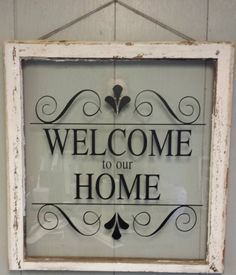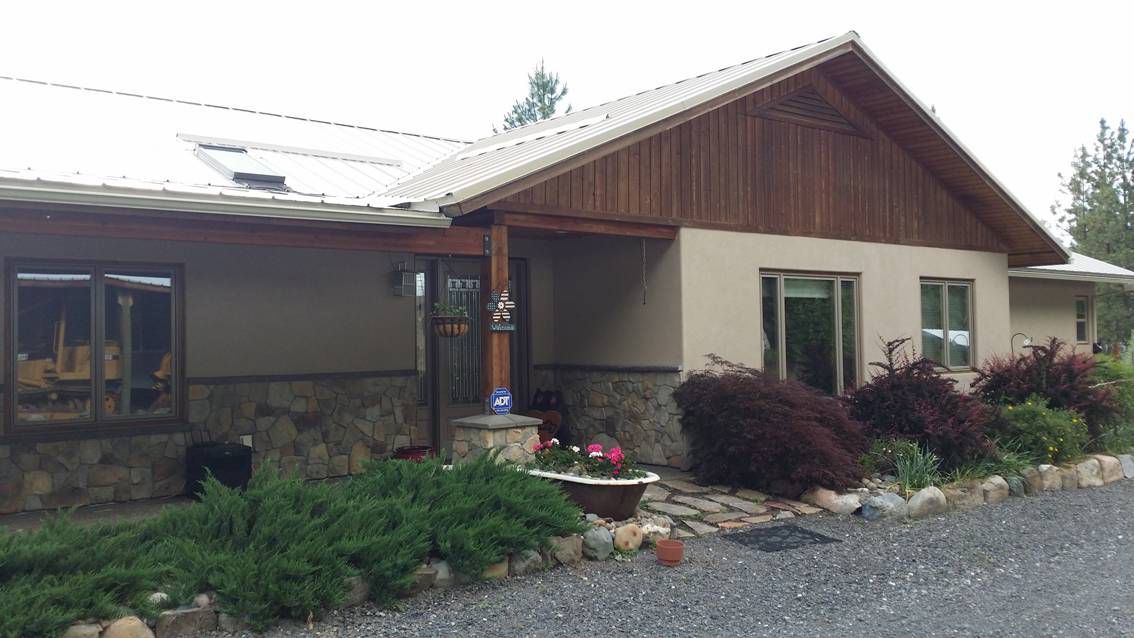Sounds like an anomaly: energy-efficient or repurposed? Isn’t repurposed/recycled supposed to help with energy usage somehow? In relation to the home-building business, repurposed windows generally do not have a place in the homeowner’s house.
Windows are wonderful in our homes, allowing light and fresh air indoors and the pleasure of viewing the outdoors, but windows can cost the homeowner a pretty penny if the facts aren’t on the table. While windows provide our homes light and ventilation, they can also negatively impact a home's energy efficiency. Energy costs can be greatly reduced by installing energy-saving windows in your home.
Just like the evolution of our energy-efficient times, from light bulbs to smart phones, window competence has been much tighter in the last ten years, namely from the market drive and pursuit to save on home-energy costs. Upon the thought of recycled home products, it just blows me away when people want to repurpose windows; the design wasn’t even good when they were new. I believe in recycling, but that’s not the place where you want to put your energy into recycling and helping the earth.
Repurposed windows are not efficient, namely because they’re letting your heat out when it’s cold and the heat in when it’s hot outside. You want a good tight window with a good U-value – that of being a 0.3 or less. Today I recommend triple-pane windows, and pretty soon they are going to be required in the state of Washington on new construction.
There are places you can buy triple-pane windows for the price of double-pane windows, and it doesn’t cost much more to have an energy-saving window. It may cost a little more – and I stress a little – but you get what you pay for. That $50 savings leaks right out in heating costs down the road.
There are a number of sites out there repurposing windows for their vintage looks. I would recommend these old windows be purposed for that cause, like a greenhouse, decorative wall hangings or picture frames for memorabilia. They’re beautiful to look at, but as windows they will cost you a lot of money in heating bills.
Same with insulation. You want your home to be insulated well to hold in heat in the winter and keep it cool in the summer. To complement the window framing structures, that means not putting in cheap aluminum windows or old single-pane windows. That’s just letting all the heat out and the cold in. There’s no win or savings. Plus old windows can cause condensation issues. We can make ourselves feel good by refurbishing, but what about all those glass bottles that we throw away and can’t seem to recycle in our county?
I’d like to quote a cool blog I came across… that echoes my words and thoughts on this subject:
People often tell me - with notable pride - about the repurposed windows they intend to put in their house. My advice is almost always: don't do it! But whhhhhhhhhy not? It's reusable. Aren't you concerned about the environment? Yes, I am, and so are you - so take my advice. For starters, ask yourself why those free windows were given away (i.e. thrown away) in the first place? I can answer that for you: they probably don't perform well and leak air like the devil. They're junk because they're old, not built well in the first place, or even worse, both. Remember used windows will almost assuredly underperform even new, inexpensive, low end windows. Sure, using recycled materials is a great idea; don't let my sarcasm discourage you from creative recycling. Just do it appropriately because using badly performing materials, even recycled ones, is a terrible idea. If you need a third reason, those used windows - no matter how cool they look - are unlikely to meet code. – The Small House Catalog
Cost Effective Window Strategies
- If your home has very old and/or inefficient windows, it might be more cost-effective to replace them than to try to improve their energy efficiency. New, energy-efficient windows eventually pay for themselves through lower heating and cooling costs, and sometimes even lighting costs.
- It's a good idea to understand the energy performance ratings of windows so you’ll know what energy performance ratings you need for your windows based on your climate and the home's design.
- For labeling energy-efficient windows, ENERGY STAR® has established minimum energy performance rating criteria by climate.
- Windows are an important element in passive solar home design, which uses solar energy at the site to provide heating, cooling, and lighting for a house. Passive solar design strategies vary by building location and regional climate, but the basic window guidelines remain the same.
- To be effective, south-facing windows should have a solar heat gain coefficient (SHGC) of greater than 0.6 to maximize solar heat gain during the winter, a U-factor of 0.32 or less to reduce conductive heat transfer, and a high visible transmittance (VT) for good visible light transfer.








